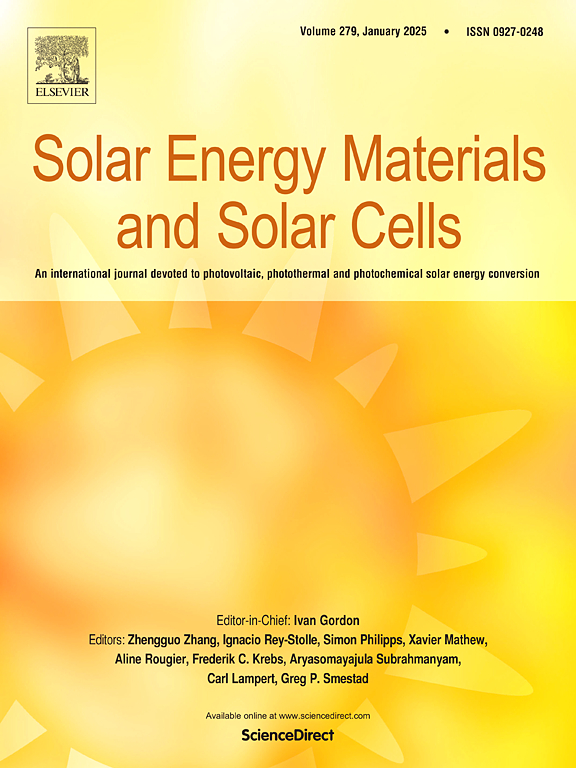3D network structural shape-stabilized composite PCMs for integrated enhancement of thermal conductivity and photothermal properties
Abstract
Metal organic frameworks (MOFs) are rarely used in the field of phase change heat storage, because their low thermal conductivity affects the practical application of composite phase change materials (PCMs). Three dimensional porous materials with good thermal conductivity and adsorption properties can be synthesized by cleverly combining high adsorption MOF with high thermal conductivity expanded graphite (EG). In this paper, ZIF-8 of zeolites with imidazole structure with high adsorption was prepared by method of co-precipitation. ZnO was prepared by carbonizing ZIF-8 in a vacuum tube furnace at 700°C. EG/CuS@ZnO was synthesized by compounding EG, the crosslinking agent polyvinylpyrrolidone (PVP) and photothermal materials (CuS). Finally, OC/EG/CuS@ZnO was prepared by stirring impregnation process according to four different proportions of octadecanol (OC) and compounding with EG/CuS@ZnO. The microstructure and thermal properties of the samples were characterized. The result shows that the enthalpy of composite phase change materials OC/EG/CuS@ZnO reaches 202.97 J/g, which greatly improves the adsorption performance of OC and improves the heat storage performance. The thermal conductivity test results show that the thermal conductivity of the composite PCMs with the ratio of ZnO to EG (1:8) is as high as about 11.77 W/(m·K). The results of photothermal experiments show that the composite PCM with CuS can improve its photothermal properties.

 求助内容:
求助内容: 应助结果提醒方式:
应助结果提醒方式:


